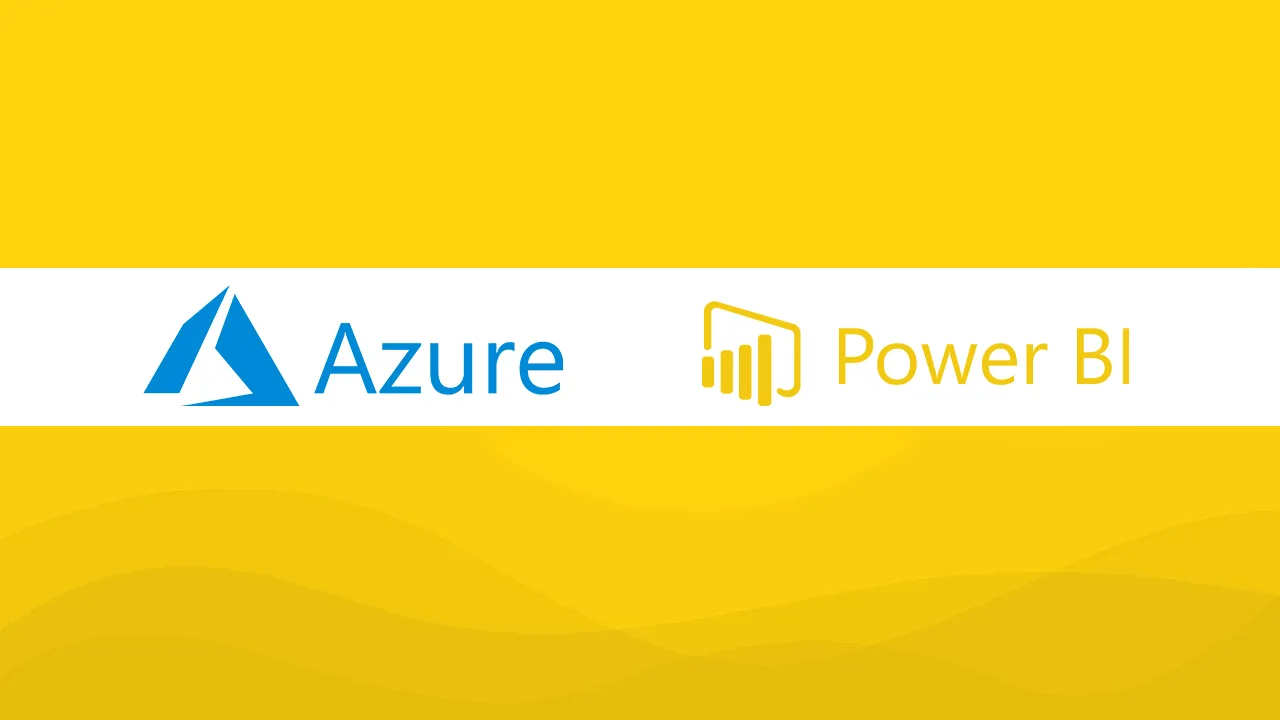If you’ve carefully followed the latest data news, you should have noticed that Microsoft made two important announcements a few weeks ago: the first, Azure Synapse Analytics became GA, while the other also caused a lot of interest: by introducing Azure Purview as the evolution of Azure Data Catalog, Microsoft proclaimed that this new solution will serve as a unified data governance and data management platform.
At the moment of writing, Purview is still in preview, so we can expect that specific features will evolve over time, and that some new features will find their place under the Purview umbrella.
As someone who spends most of my time working with Power BI, I was curious to explore how Purview looks from the perspective of a Power BI professional. So, here are my thoughts…
Setting things up
For the starter, we need to create a Purview account within the Azure Subscription. If you get some errors while configuring Purview, don’t be scared, it’s completely fine (yeah, I know that you think I’m crazy — how could the error be ok)…
But, in order for this to work, the EventHub service needs to be enabled in the first place. This way, Purview will be able to perform the scans of your data sources. So, let’s go and register EventHub service:
Image by author
After successful registration of the EventHub service, you should be able to create a Purview account.
Image by author
Now, before we start exploring our Power BI resources in Purview, some additional configuration needs to be done on the Power BI tenant’s side.
#azure-purview #data-science #power-bi #azure #power bi
